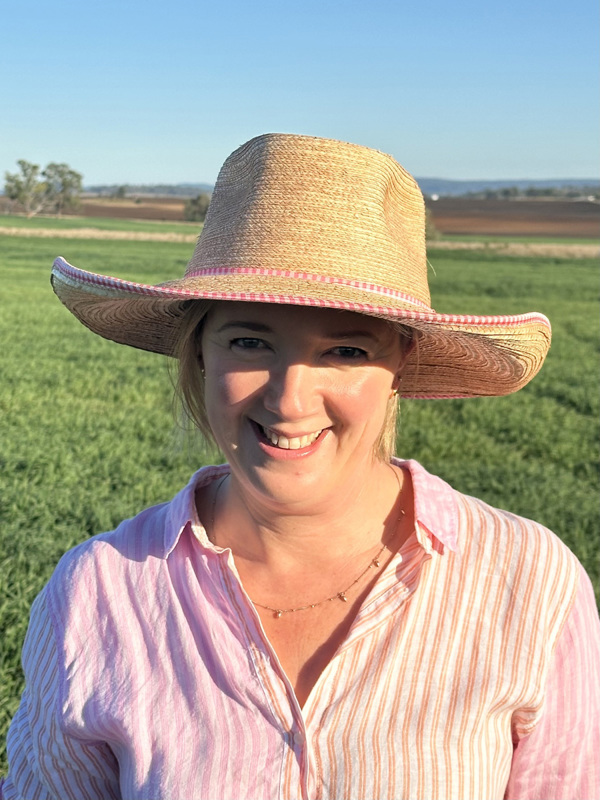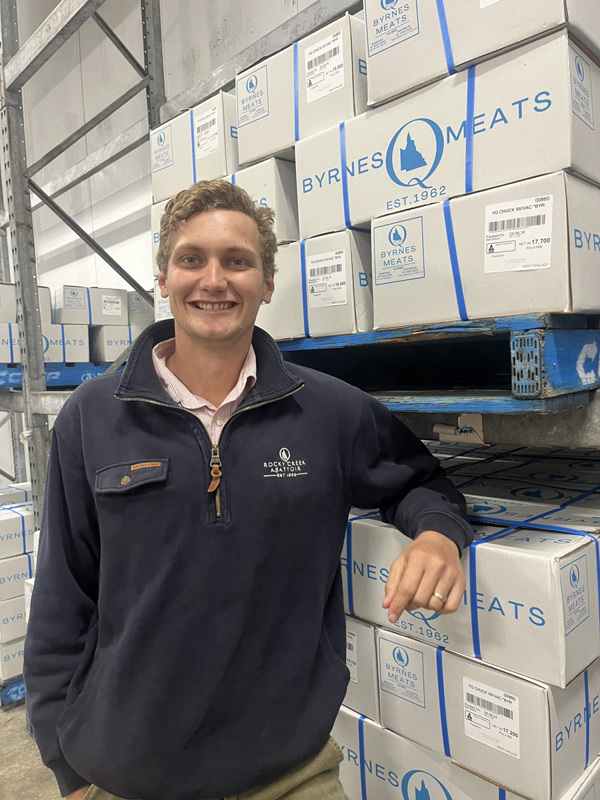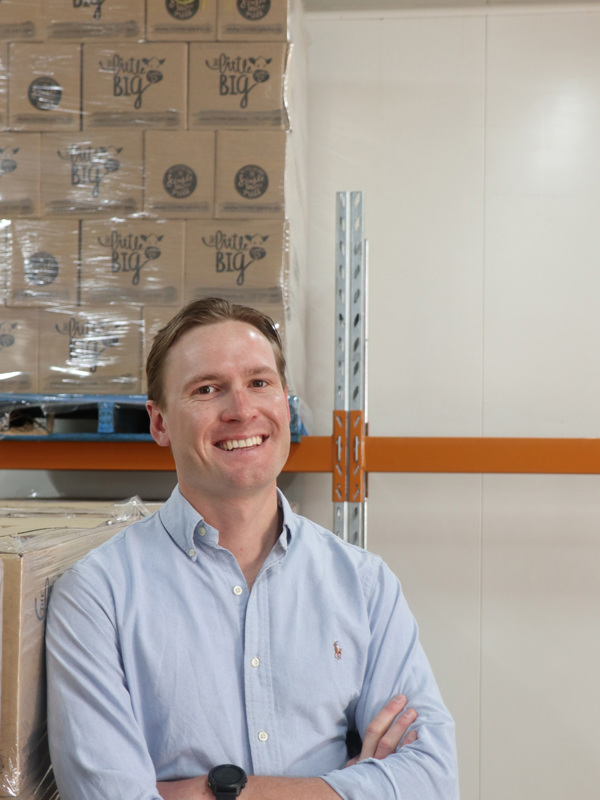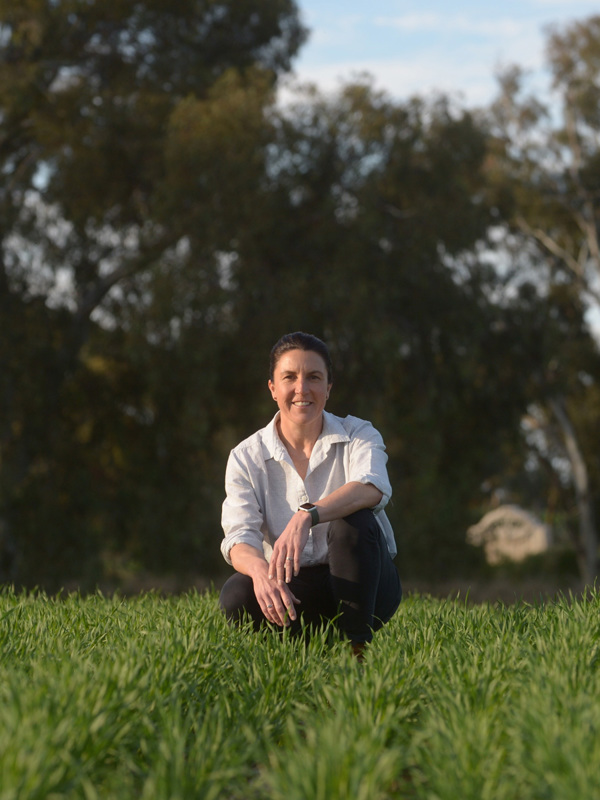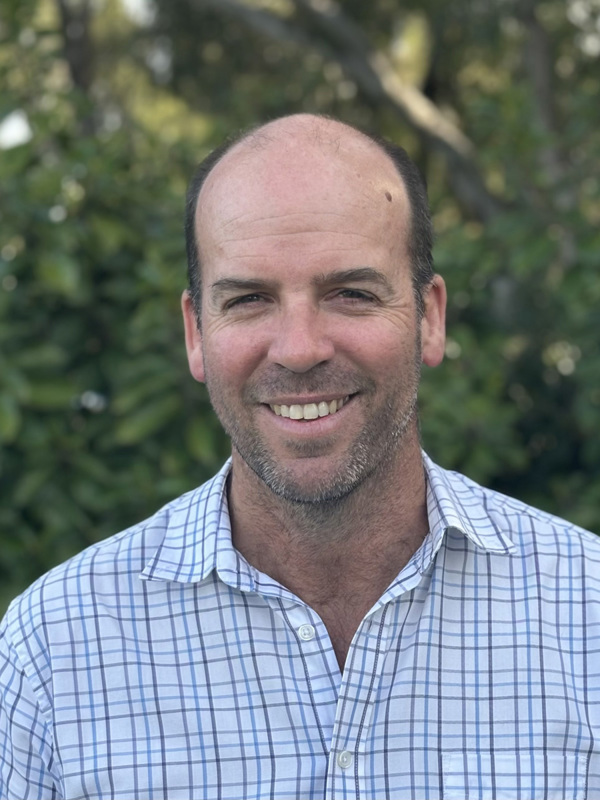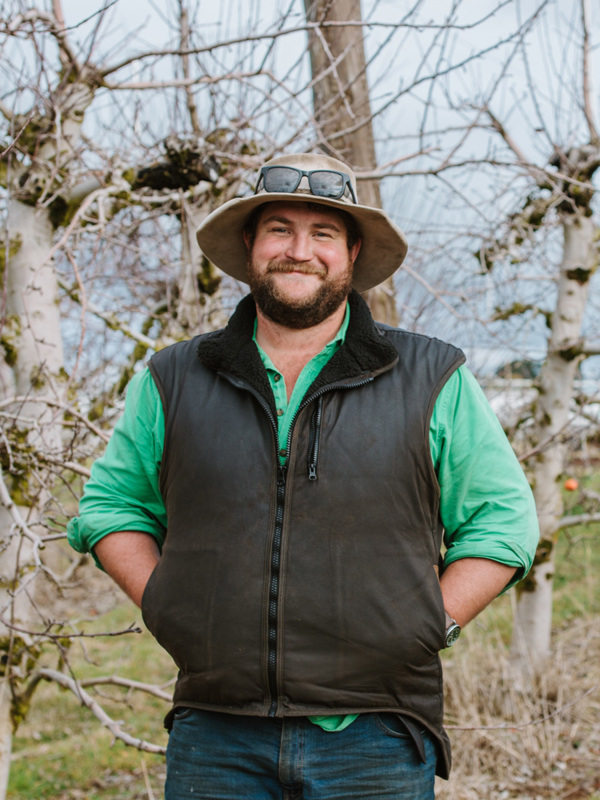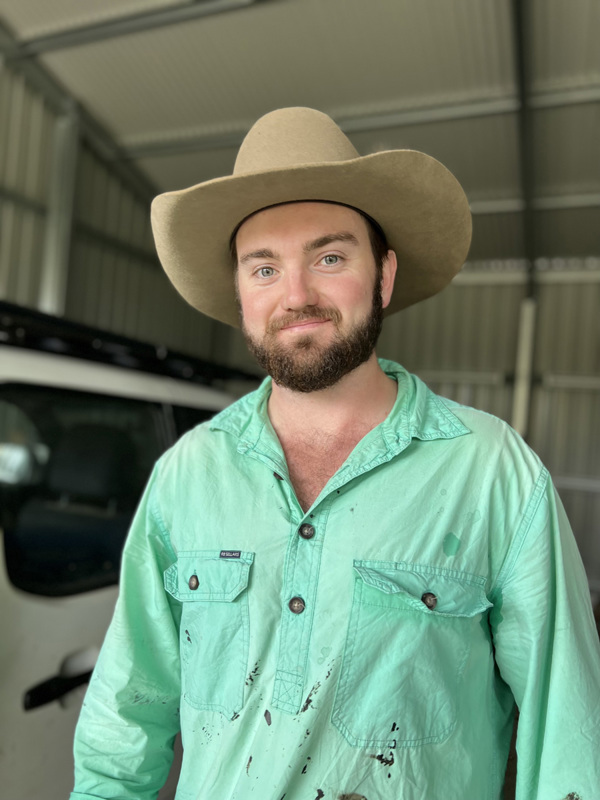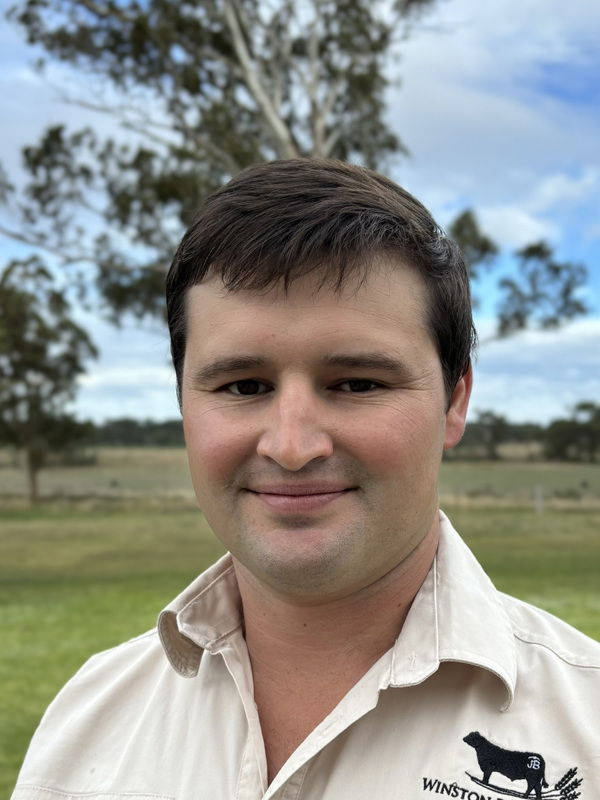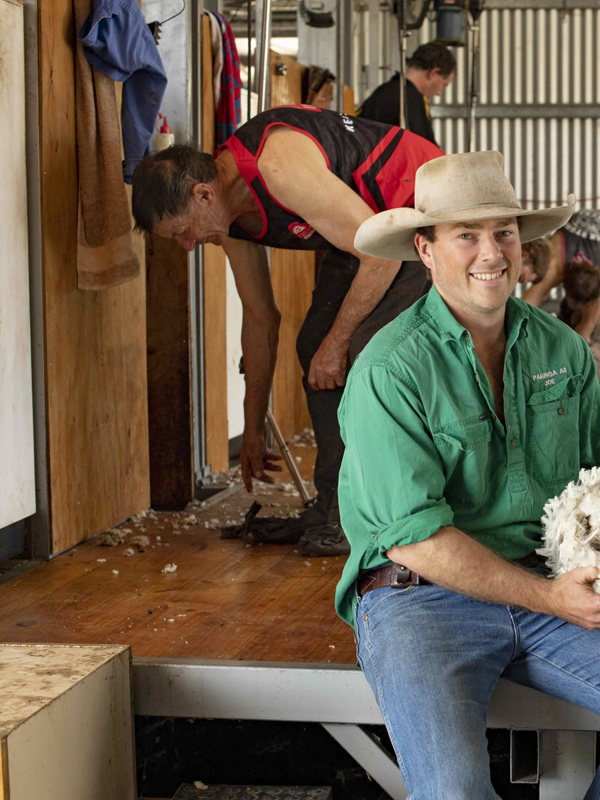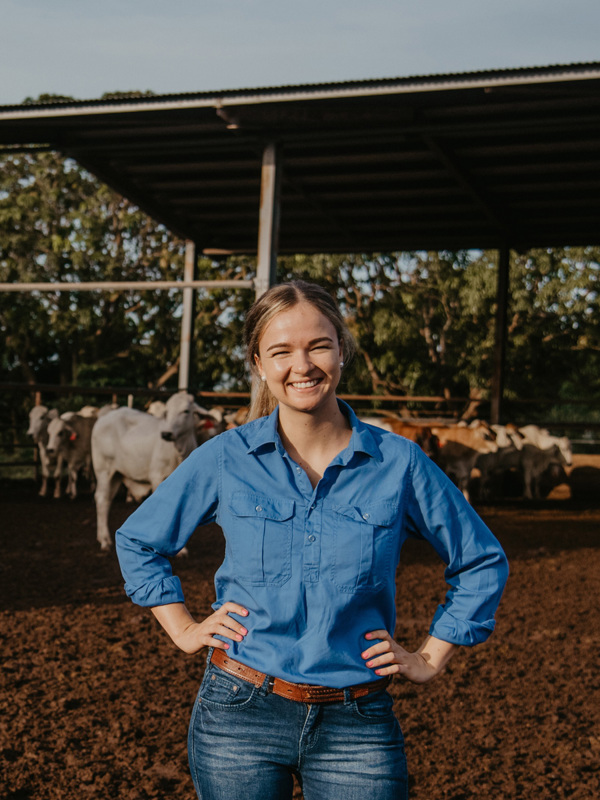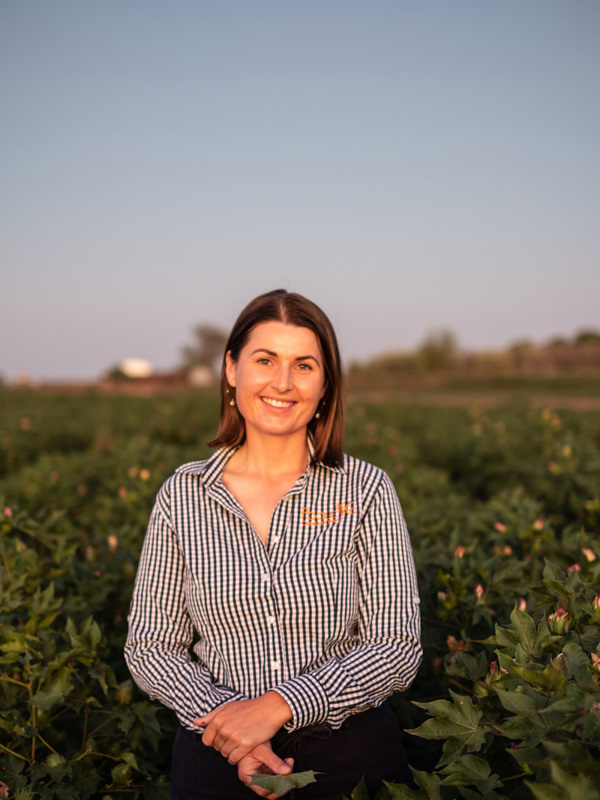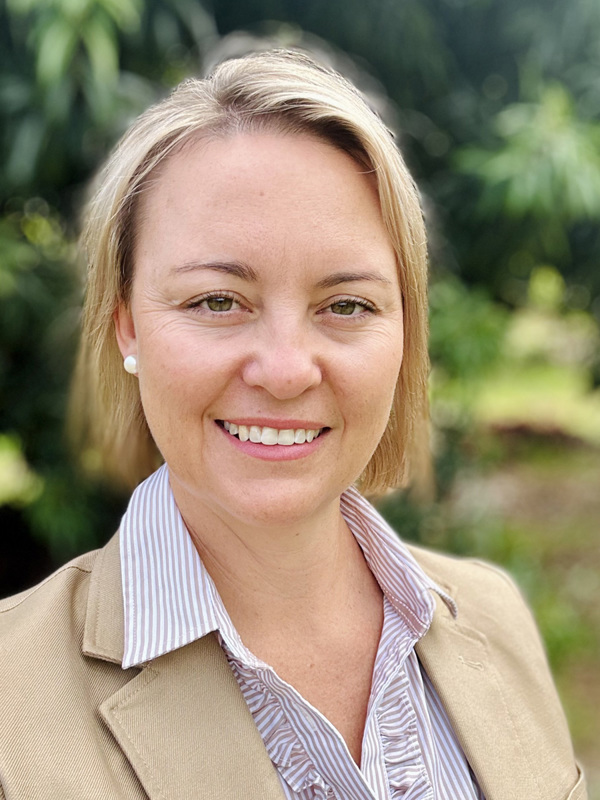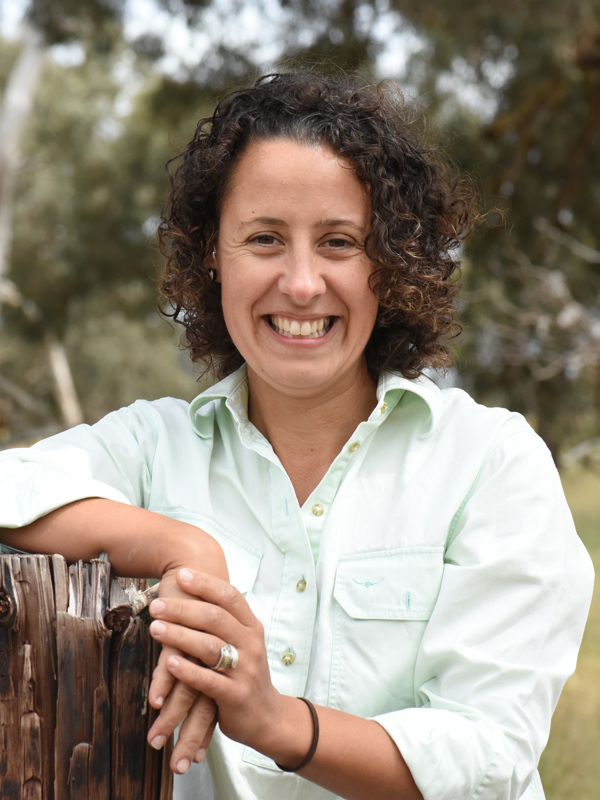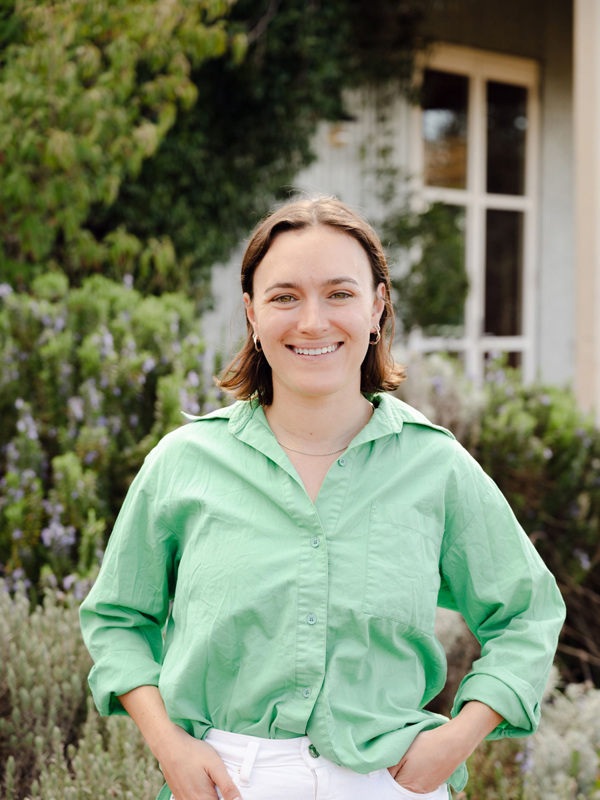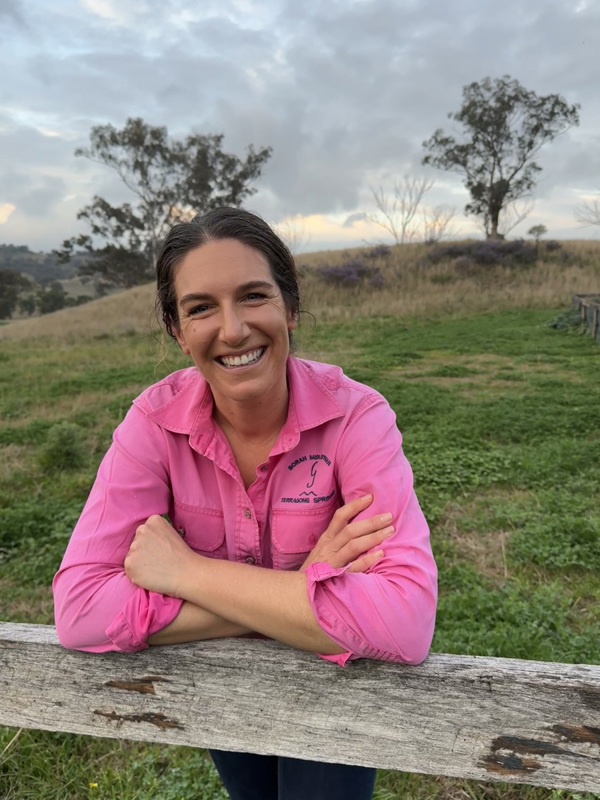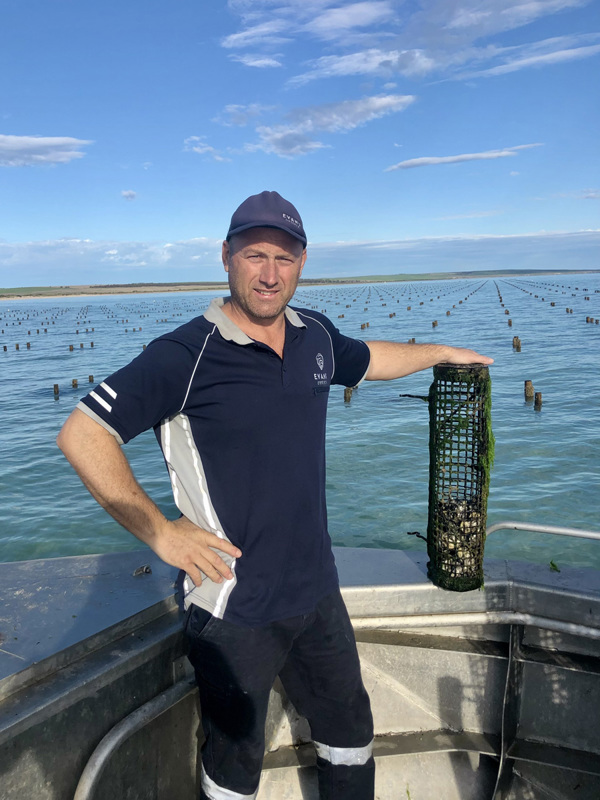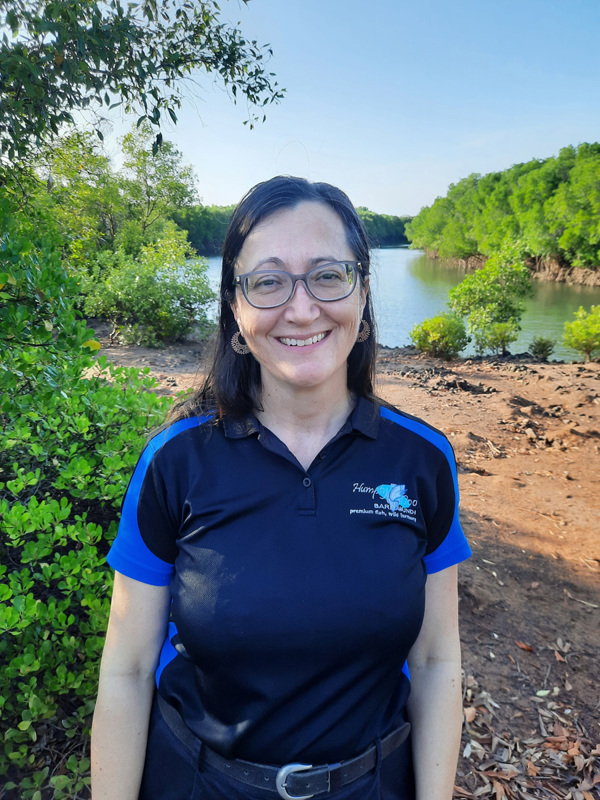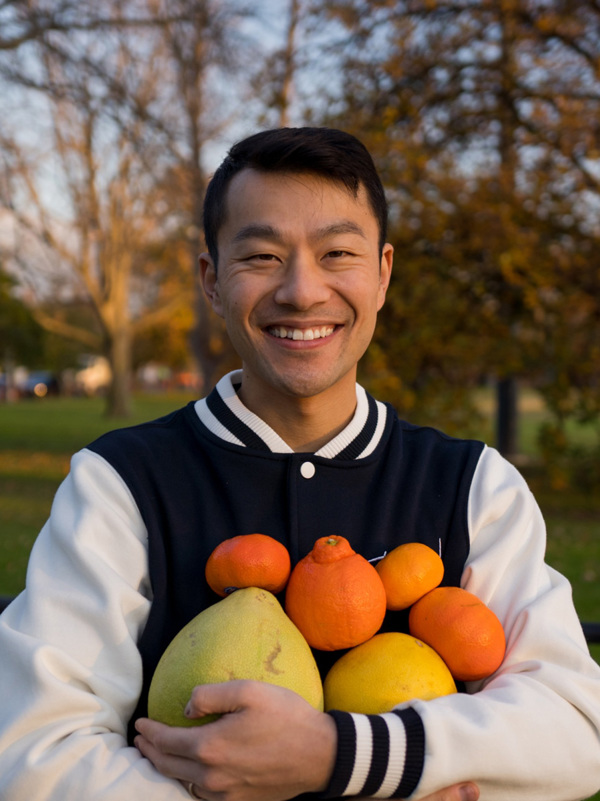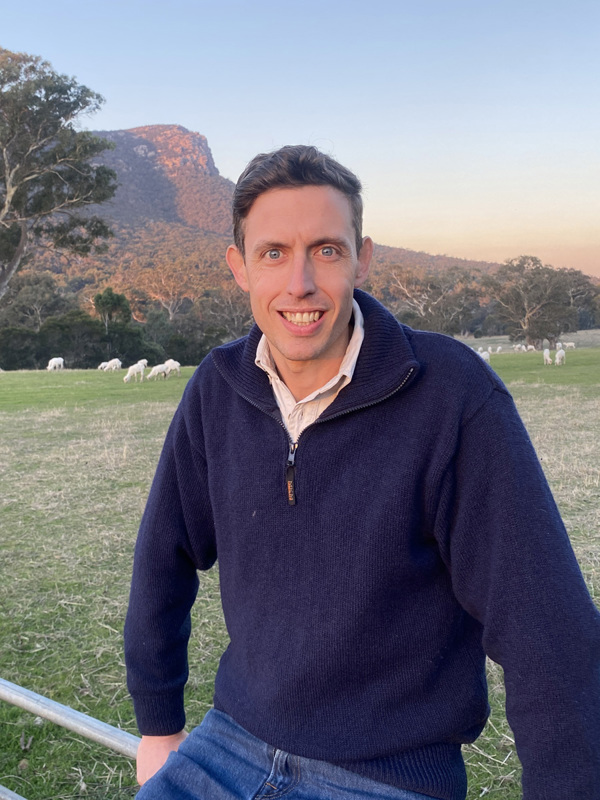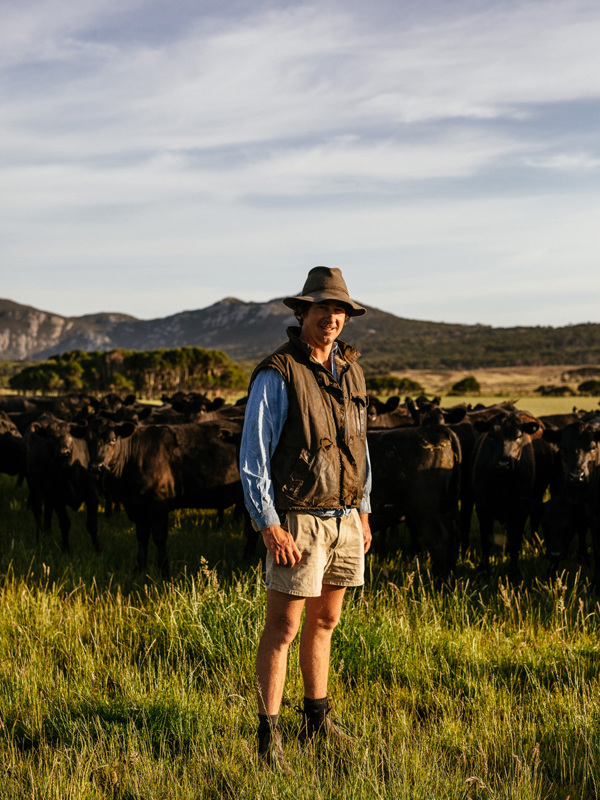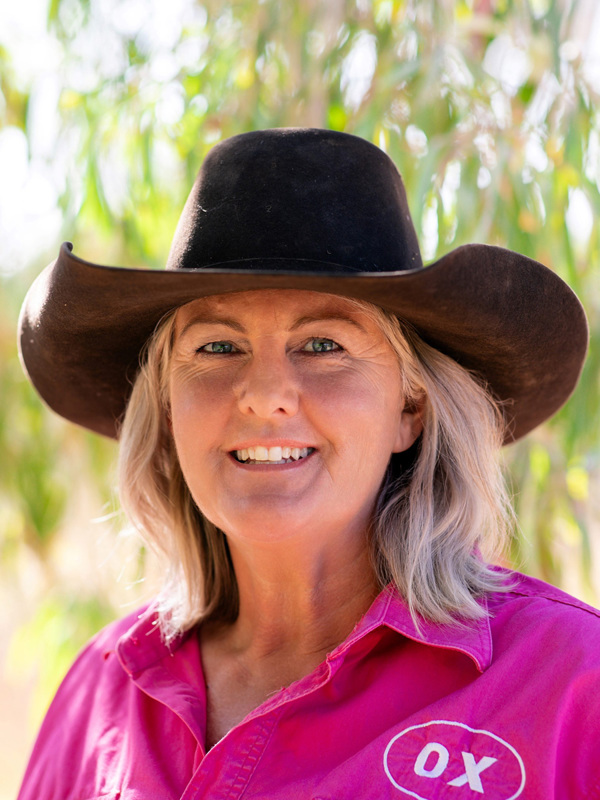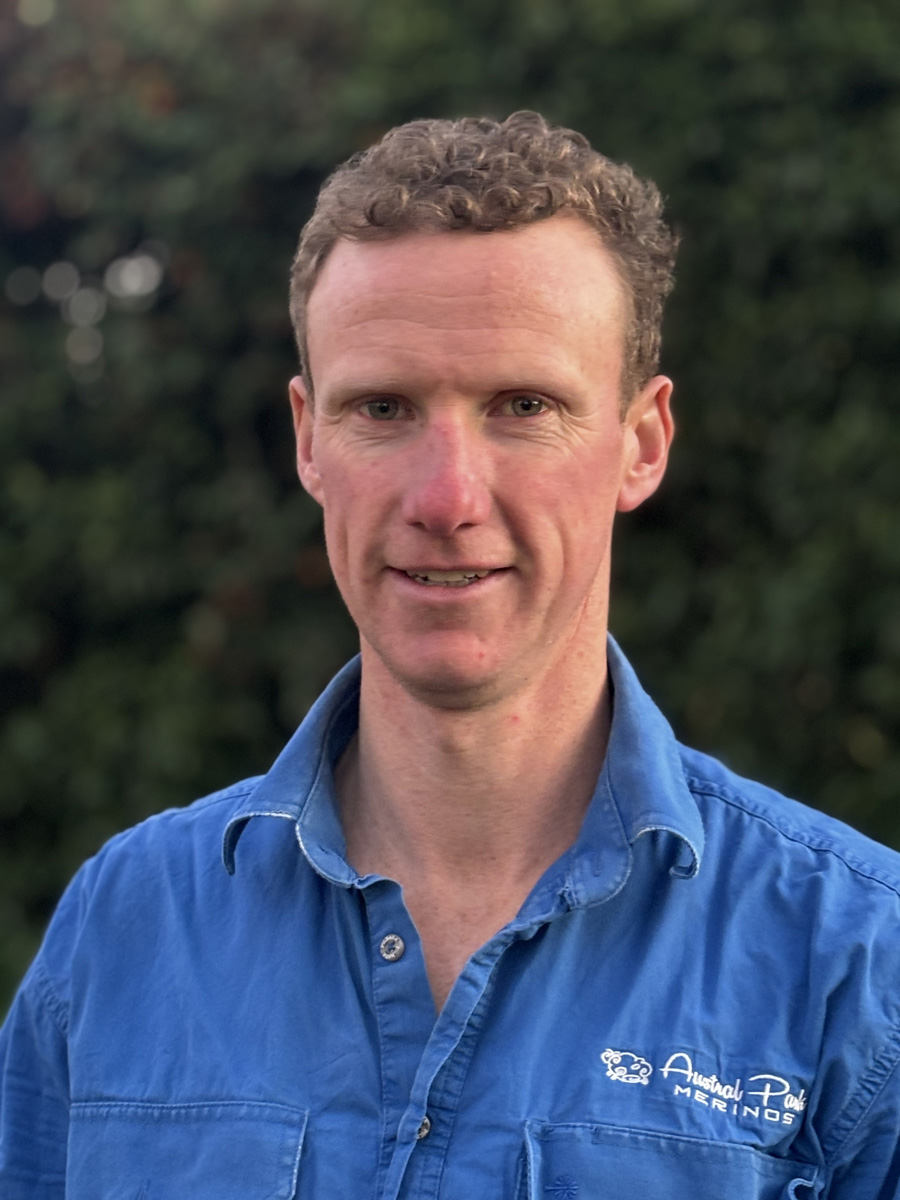
Hamish Robertson
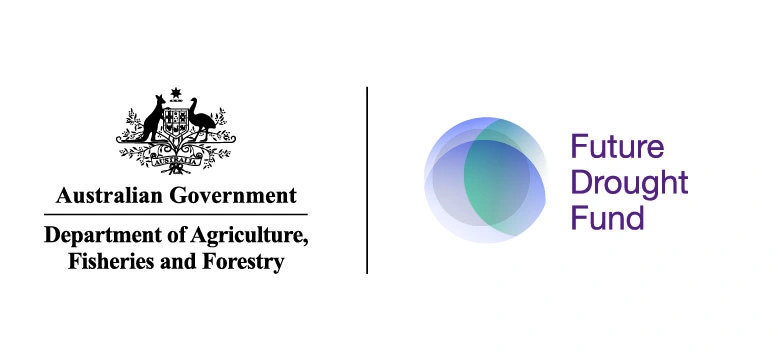
The Future of the Wool Industry
Australian wool production is on the decline, with historically low wool prices and high costs of production. So where is the wool industry heading? Is it a sustainable industry?
Hamish, from Hamilton, Victoria, farms with his wife, running 15,000 predominantly Merino ewes, selling 9000 lambs annually and cutting 75,000 kgs of wool.
He receives a scholarship supported by FDF.
“I would like to investigate how we can build a resilient business and industry to get through these tough times. Combined with low wool prices, high production costs and high interest rates, Western Victoria is having one of the driest years on record.
“Cost pressures on farm are top of mind. There are a couple of ways I'd like to investigate how we prepare for, and stay resilient through drought. One is improving on-farm business and financial skills. When we are concentrating on feeding stock, sitting down and understanding where the business is at and forward planning can end up at the bottom of the list.
Secondly, how do we improve demand for what is a fantastic natural product? How can wool become an everyday household item?” Hamish said.
“I’m keen to understand why it’s still seen as an unaffordable, high-end product."
He pointed to high on-farm production costs, including shearing which can account for up to 20 per cent of returns.
“Or is it a problem further along the supply chain, in processing and manufacturing costs, that’s driving up the price of the end product?"
“I find it fascinating that there hasn’t been many technological improvements in the wool industry in the past 70 years. So are there advances just around the corner either on-farm or in manufacturing?”
Hamish hopes to investigate new efficiencies that can be introduced to drive affordability of woollen garments, and thus consumer demand, as well as improving the resilience of the family farm in the face of drought.
He plans to visit other wool producing countries, including New Zealand and South Africa, as well as wool processing countries like China and India.
“I will also visit Europe to look at the manufacturing of woollen garments and products, to try and understand why they’re made there and not in other manufacturing countries.”
Investor Information:
The $5 billion Future Drought Fund is an investment by the Australian Government to build drought resilience in Australia’s agriculture sector, landscapes and communities. Each year, $100 million is made available to help Australian farms and communities prepare for the impacts of drought.
Website: www.agriculture.gov.au/fdf
